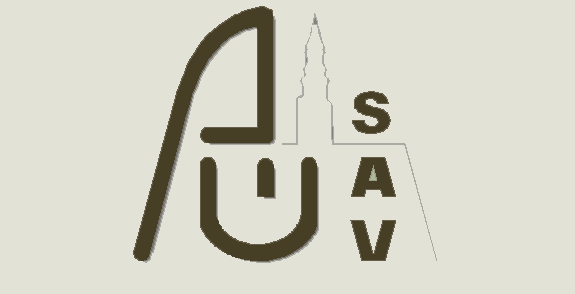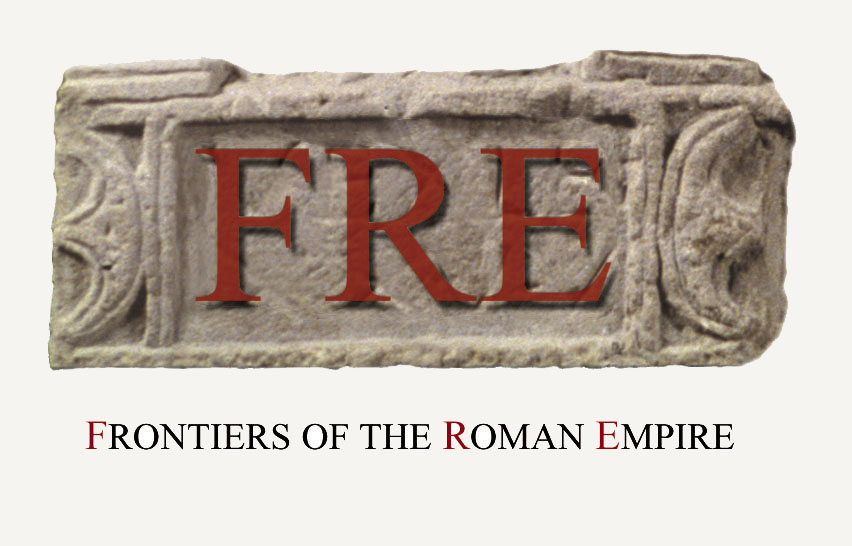|
The main
core and support of the Roman army were the legions - formations
made up exclusively of the Roman citizens. A legion included
approximately 5 000 well-armed and trained infantrymen and 120
horsemen. Many craftsmen served in the army too: sappers,
carpenters, joiners, brick-makers, stone-masons, potters, smithes,
weapon-makers, but also the medicinmen etc. Therefore the total
number of the soldiers reached the number up to 5500-6000. At that
time soldiers were given an annual salary (soldier´s pay). The
service in the army lasted 25 years, and after the soldiers could
retire as veterans.

The legions marked by
number and also a name, build their own permanent fortresses (castrum
legionis). Those fortresses were constructed according the
common principles and regulations. They were square or rectangular
shape and the size of the area covered 20-25 hectares. The main
axis of the forteress were the roads connecting the opposite gates
and crossed exactly in the middle of the inner area. Here stood
the most important buildings: seat of the officers (principia - 2) with
a large hall (basilica), the sanctuary and the armoury, the
building of a chief of the legion - legatee (praetorium - 1), and
the buildings of the high-ranking officers (tribunus - 4-9). In
their vicinity used to be the hospital (valetudinarium - 3), the
workshops (fabricae - 10), the
storeage rooms (horrea - 12) and
the public baths (thermae). Barracks for the soldiers (centurae)
covered the largest area, organised according to particular
formations (cohors) in the regular street system. The
defence system of the fortresses included trenches, ramparts and
a wall with towers. The fortification walls and the other
buildings inside the fortress were firstly built of wood and clay
and later rebuild in stone.

Besides the legions, auxiliary formations were also an important part of
the Roman army. Those were smaller cavalry (ala), infantry
(cohors) or mixed troops including 500-1000 men, recruited
from the residents of the provinces, who were, after a hard and 25
years long service, granted the Roman civic rights. These troops
were named apart of numbers also by the name of the tribe or
territory, from where the soldiers came, or by the weapons they
used. Often they were named after the emperor who had founded the
troop. The officers of these troops were Roman citizens appointed
by the seat-holder of the province. The commanders of the cavalry
troops (praefectus alae) – belonging to the elite of the
auxiliary troops – were chosen from among
the Roman nobles by the Emperor himself.

The permanent
forts of the auxiliary troops (castellum) were built
according to the same plans and principles as the
legionary fortresses. Howewer these were much smaller in size.
The forts of the infantrymen (pedites) occupied
a territory of 1,5 ha while the
camps of the horsemen (equites) and mixed troops were
because of the horse stables larger, sometimes even more than 3
ha.

The building of the North-Pannonian border
The armament and equipment of the Roman Soldiers
The role and importance of the Roman Army
Marcomannic wars on the Danube
The period of prosperity and decline
The last attempts and the decline of the Roman authority
| 




